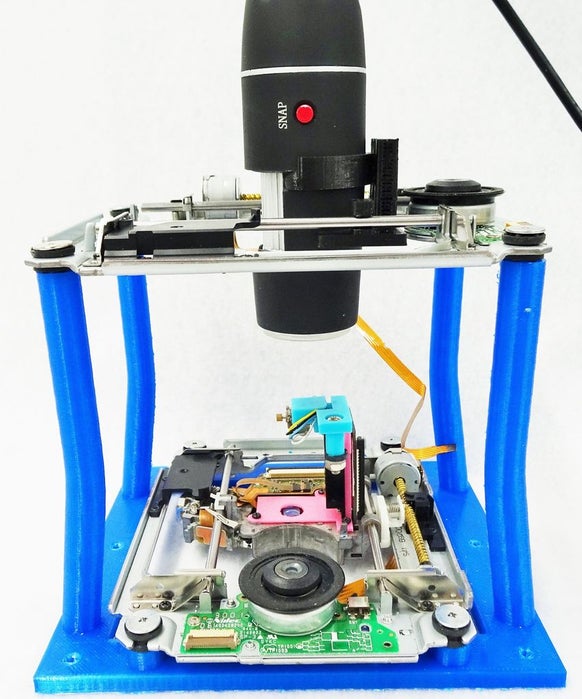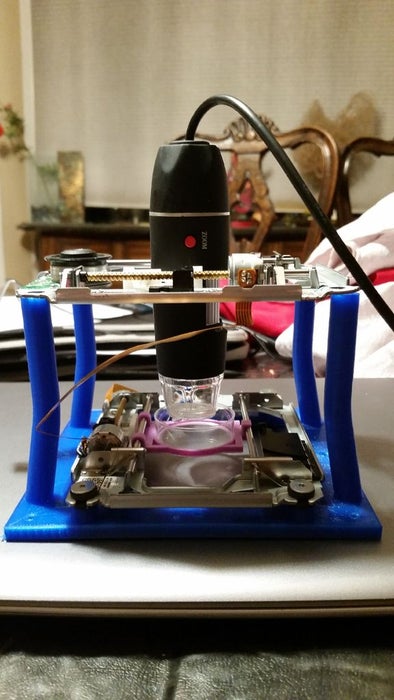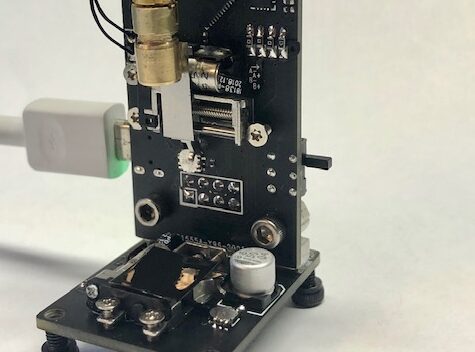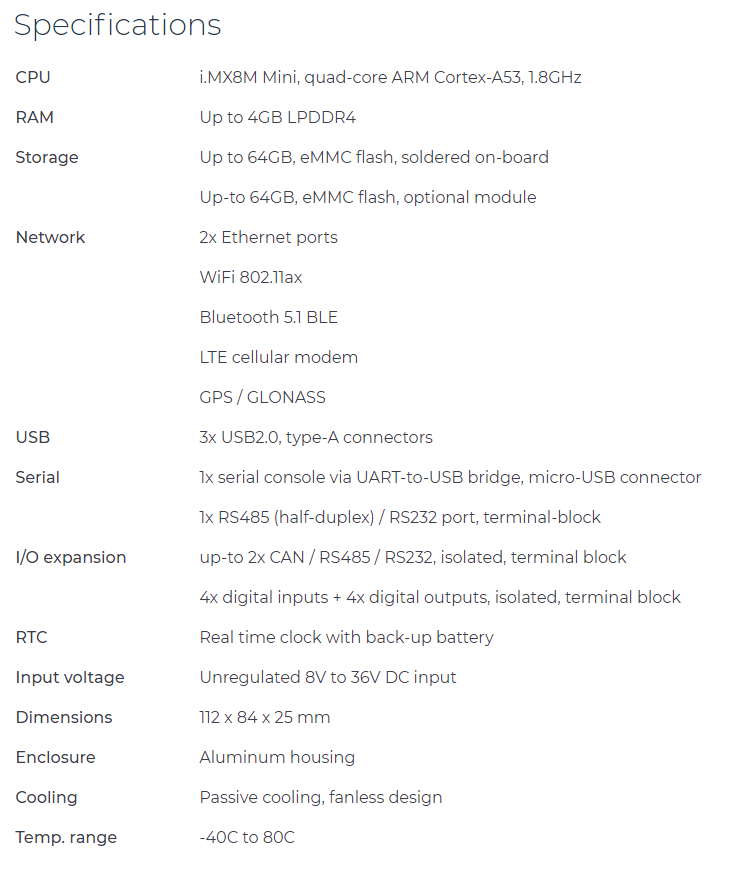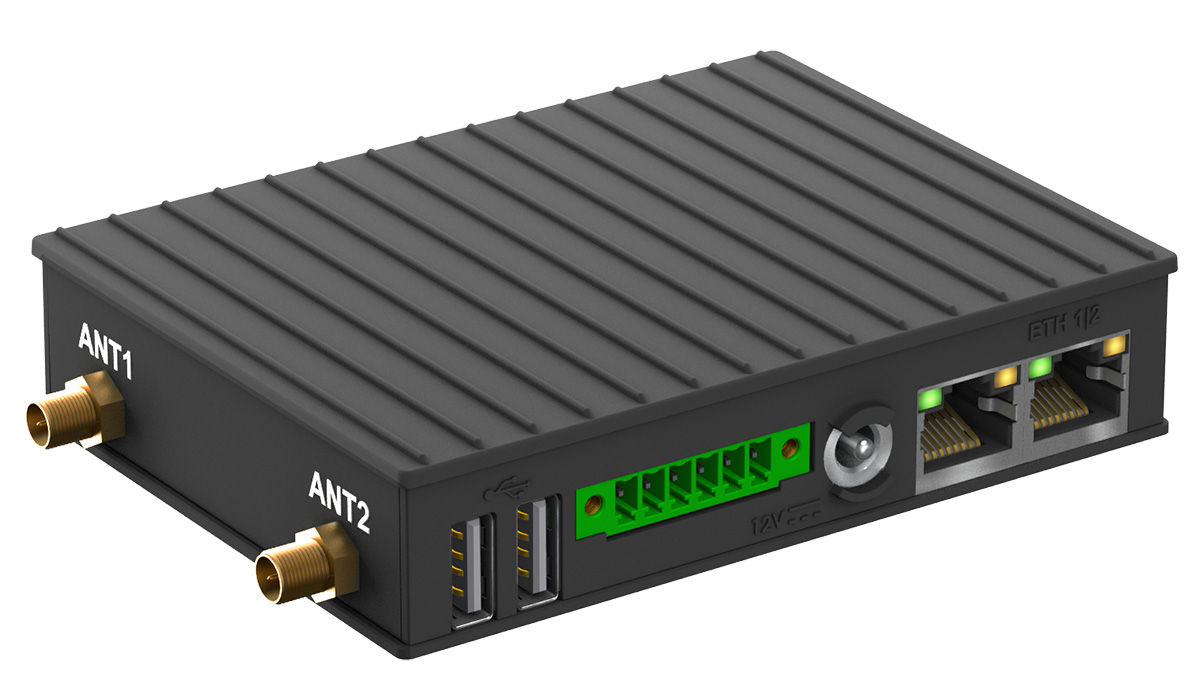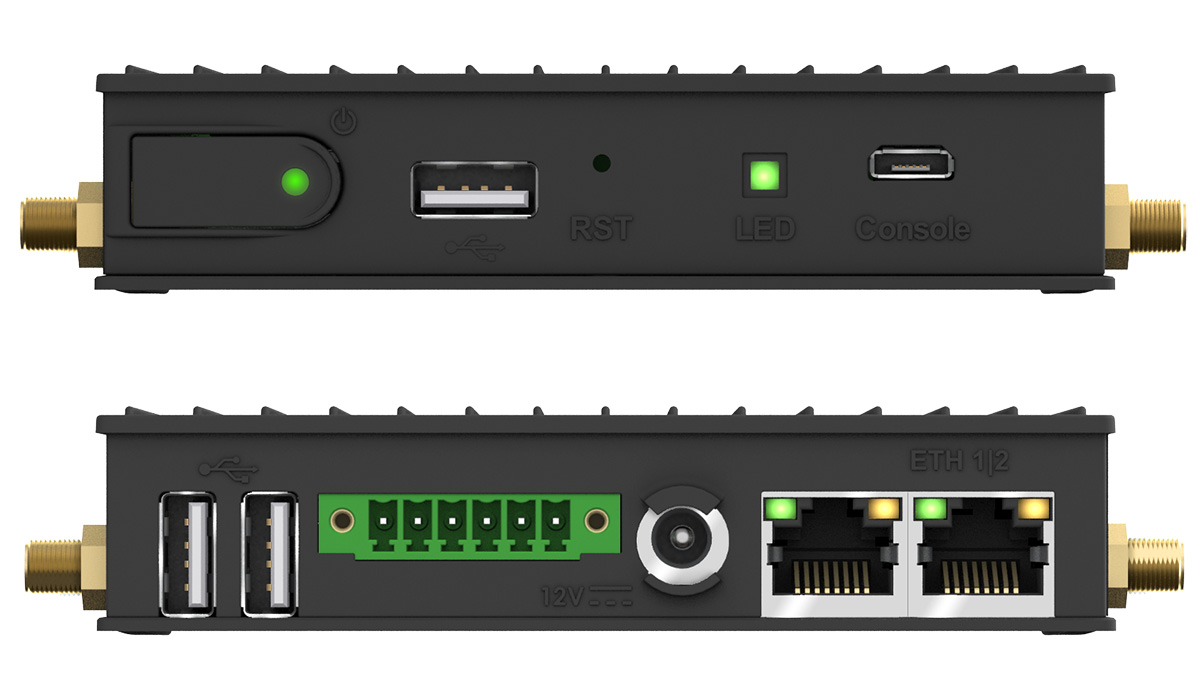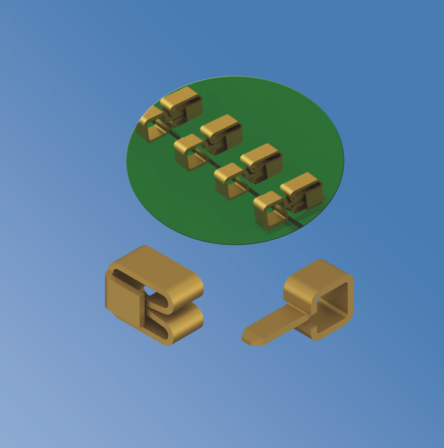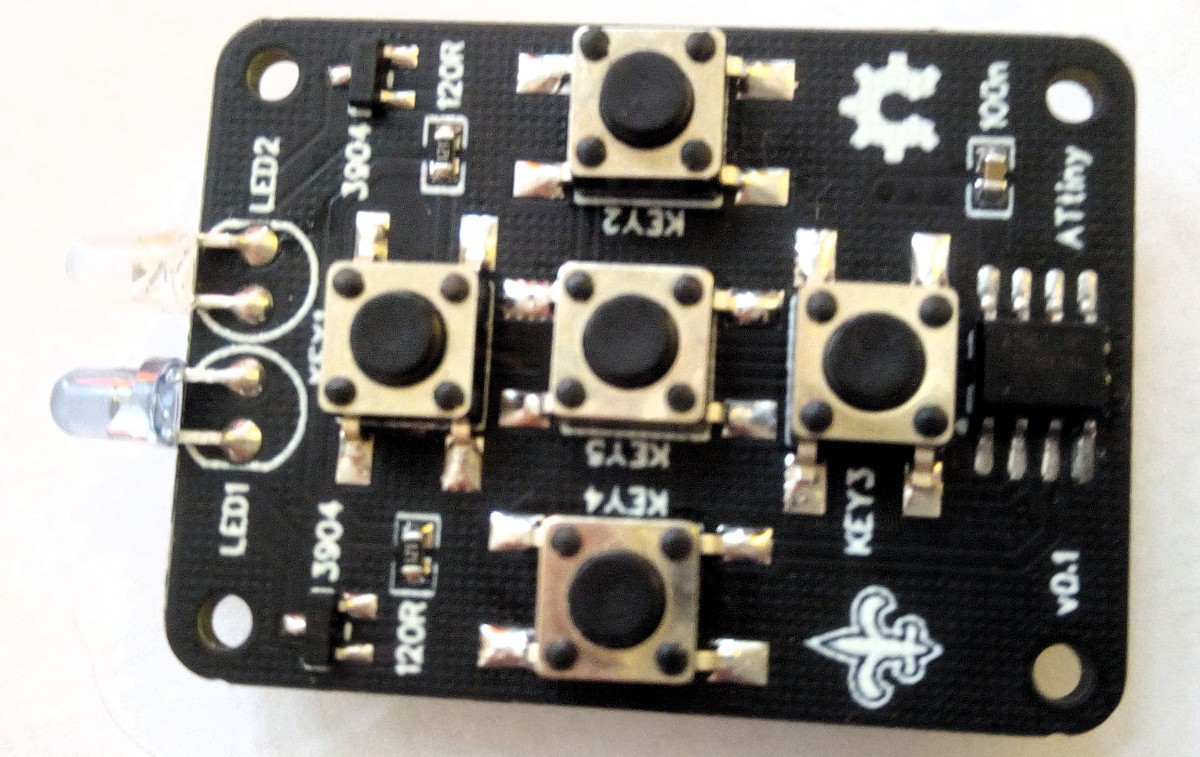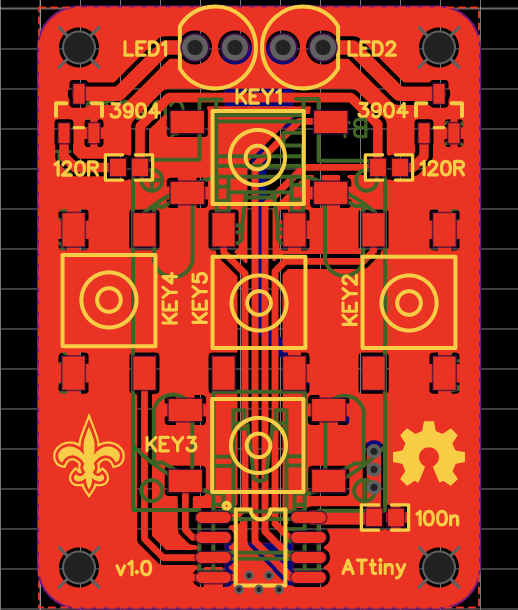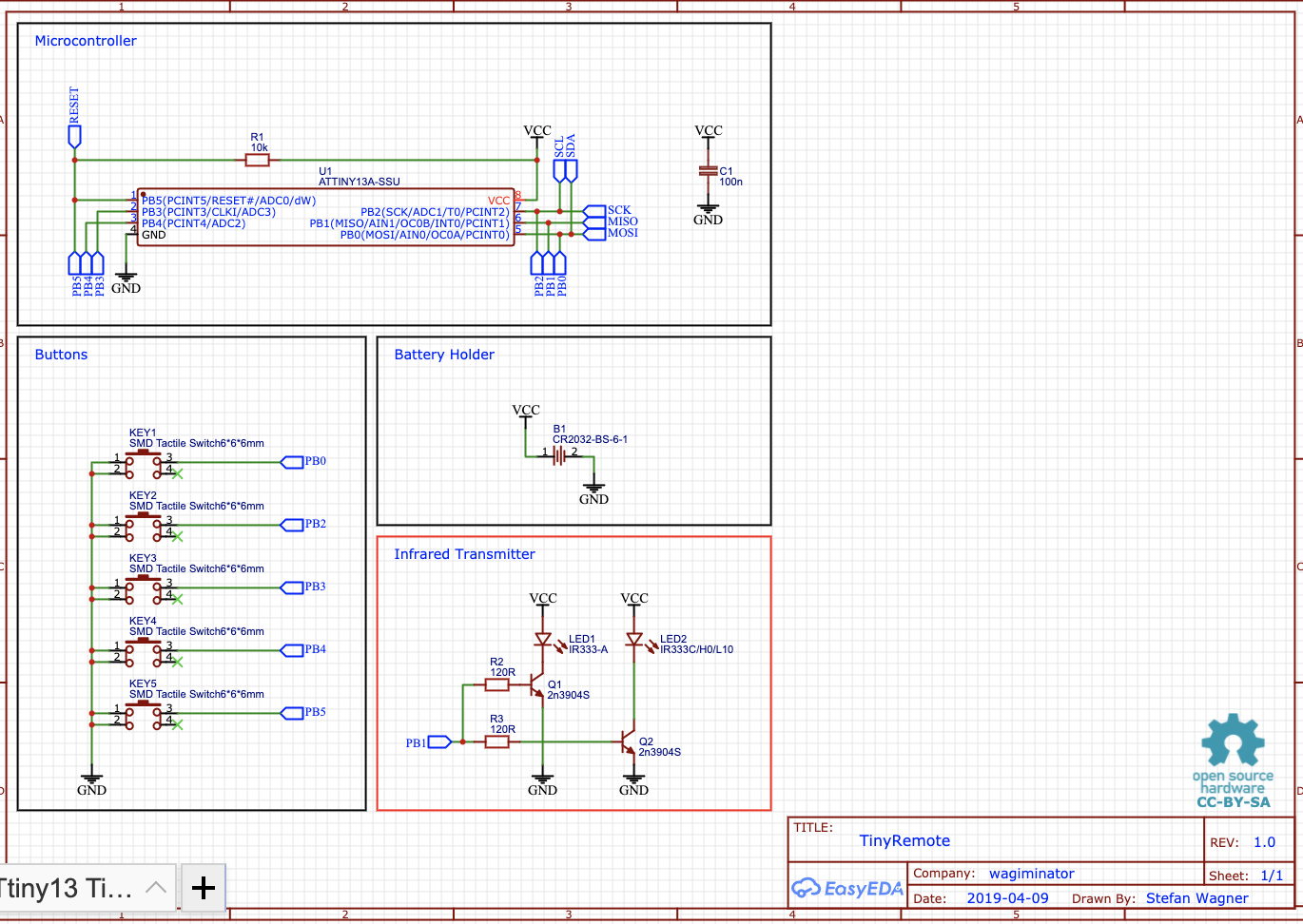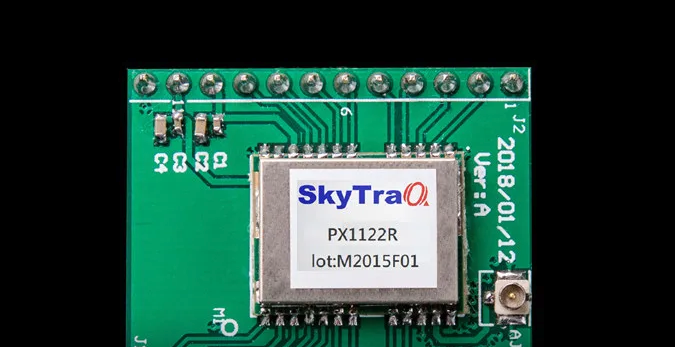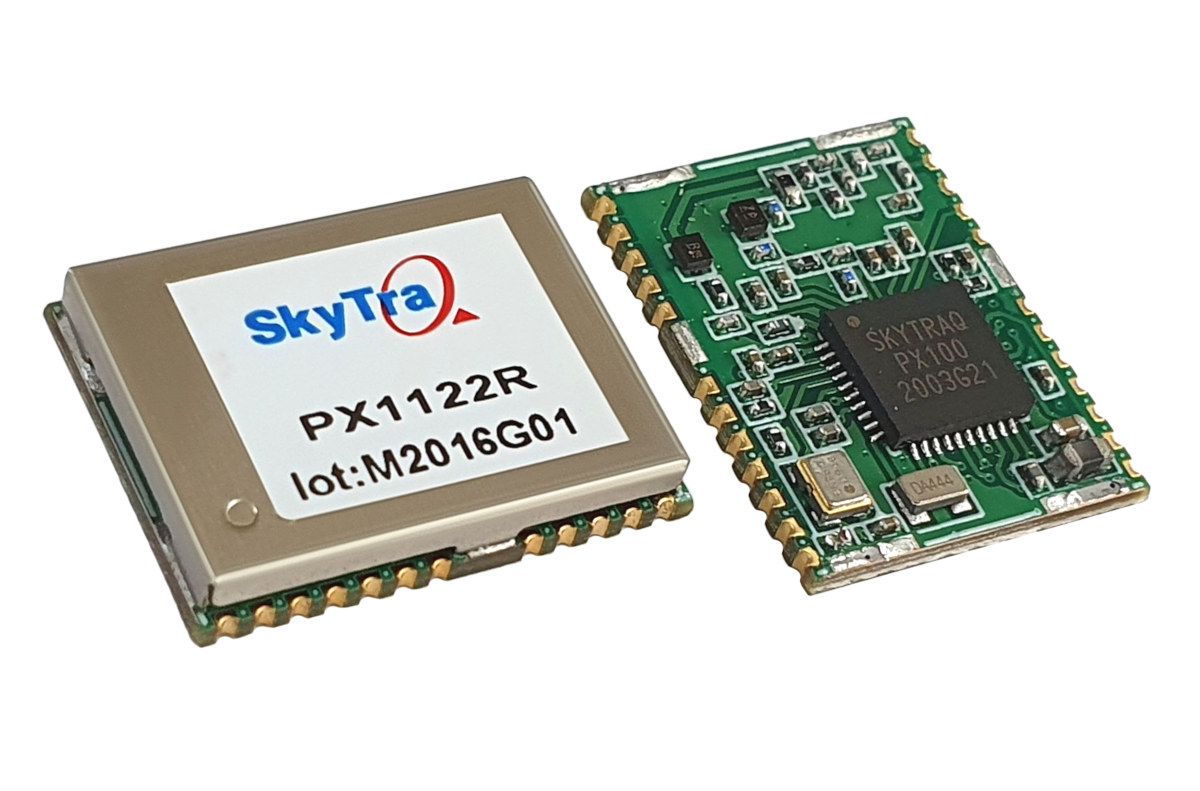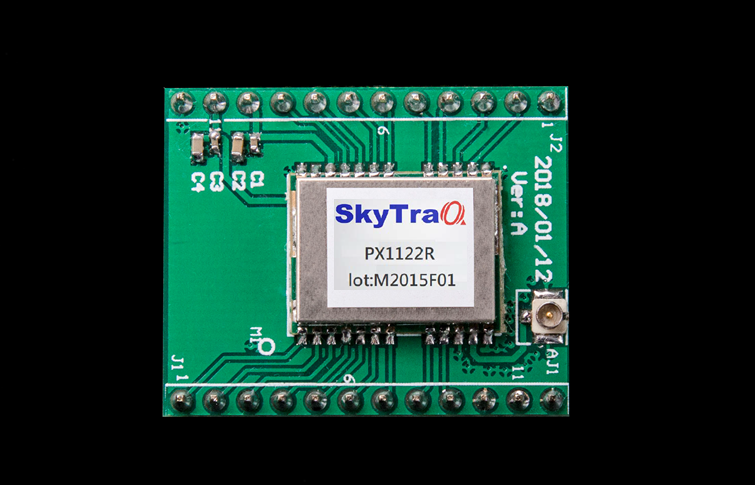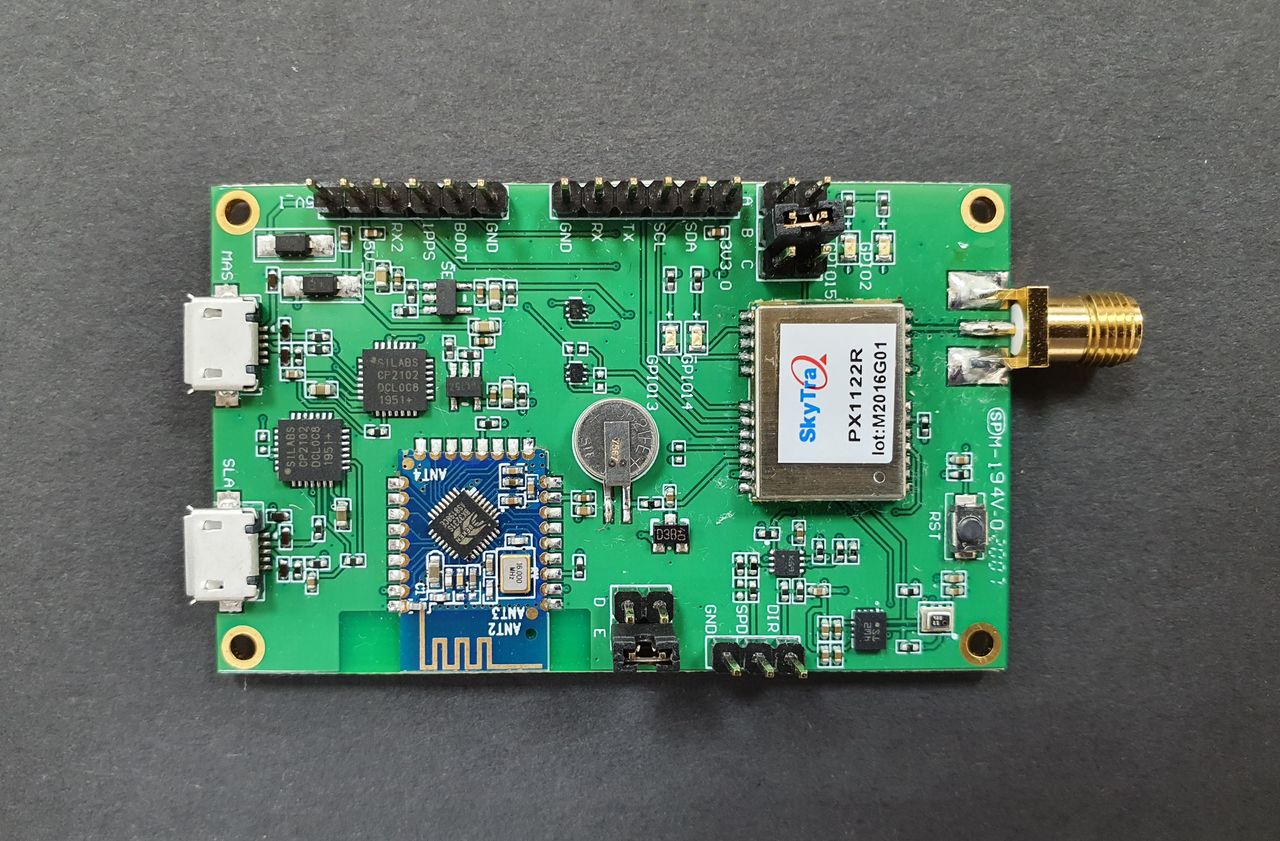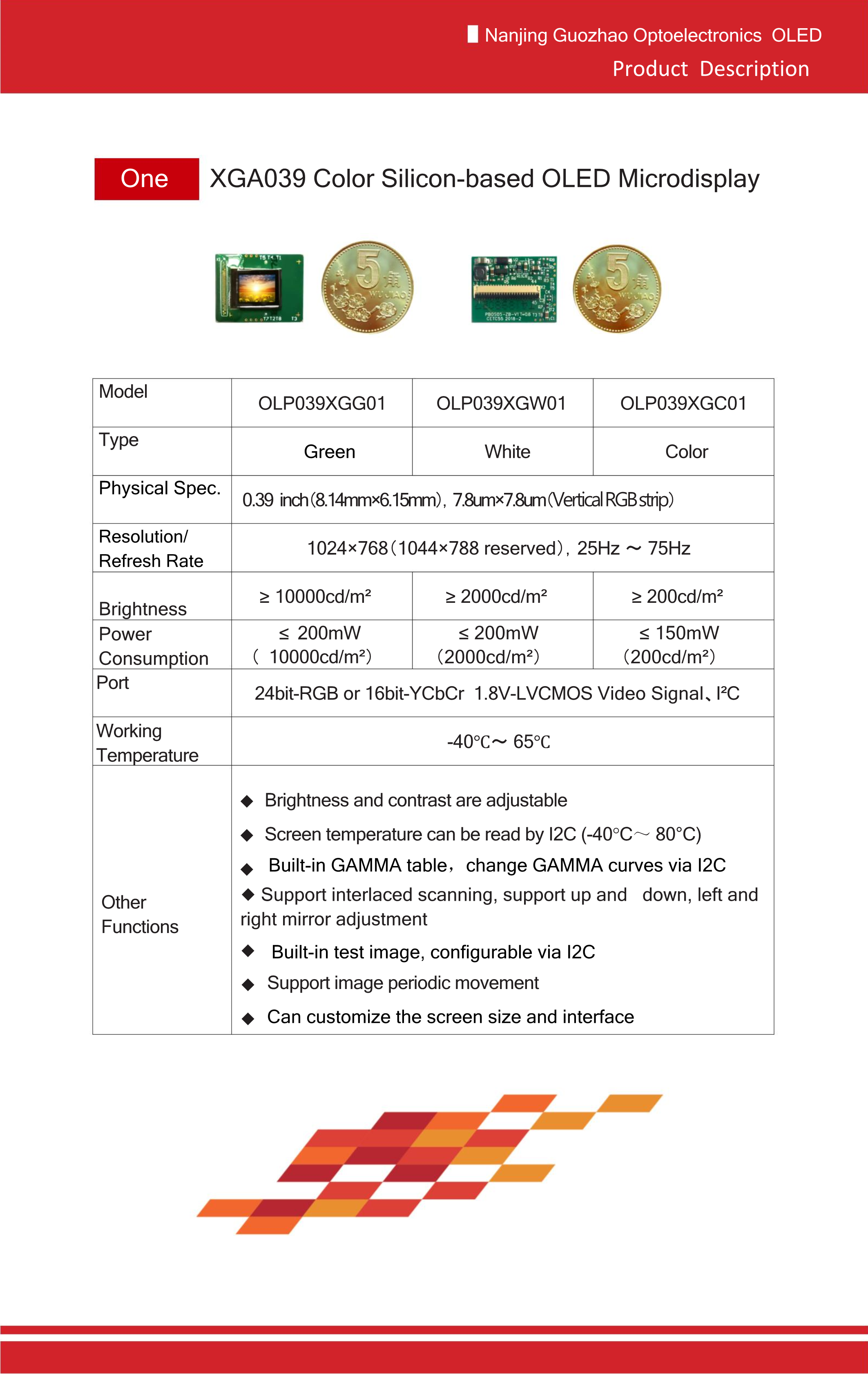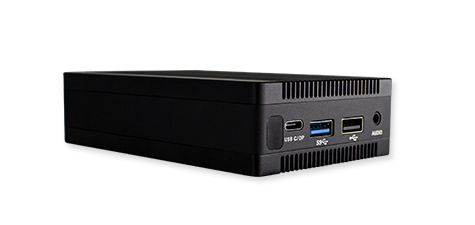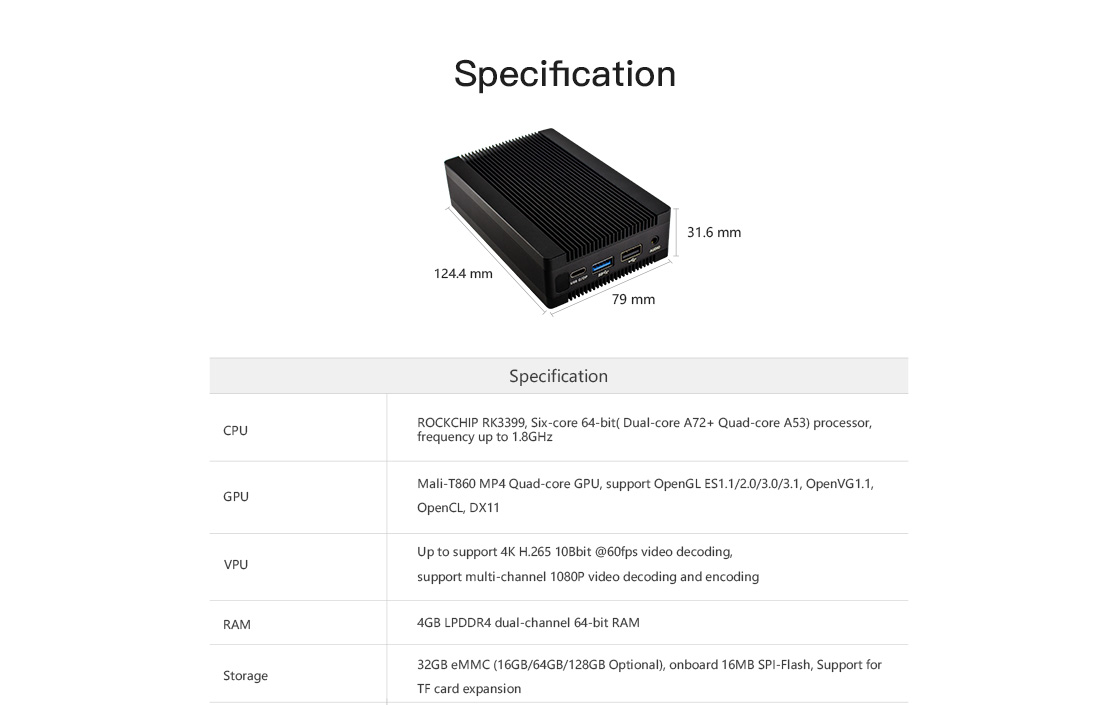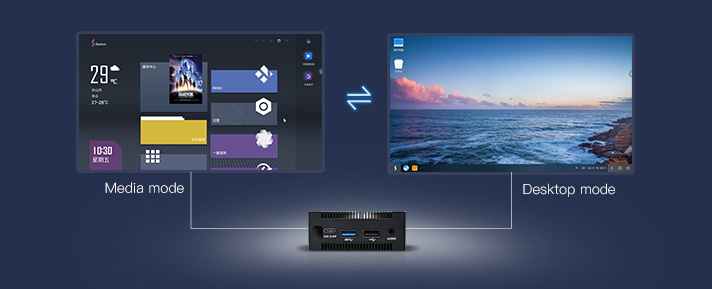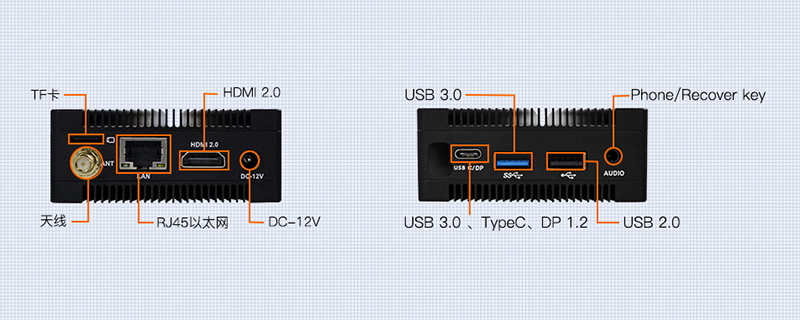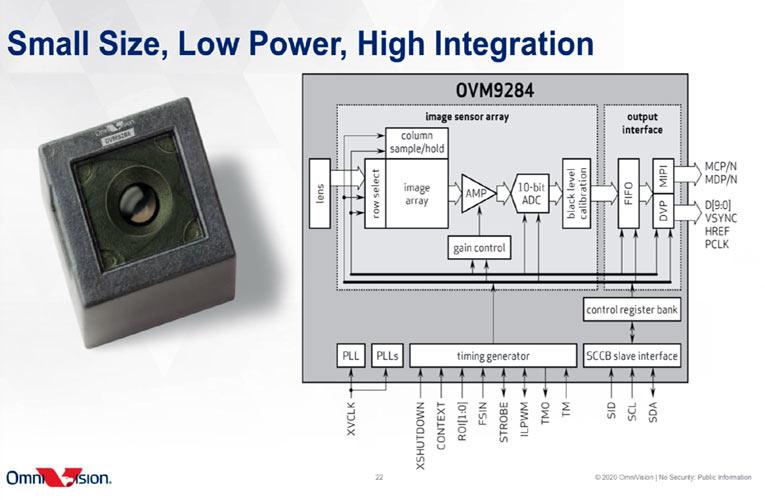MAX32520 provides the most secure boot for root-of-trust to protect connected healthcare, industrial and computing systems
Maxim has released the MAX32520 ChipDNA™ secure Arm® Cortex®-M4 microcontroller, the first secure microcontroller with built-in physically unclonable function (PUF) technology for financial- and government-grade security. Maxim Integrated’s PUF technology allows for multiple layers of protection to provide the most advanced key-protection technology in a cost-effective format for use in IoT, healthcare, industrial and computing systems.
As IoT applications continue to proliferate, large numbers of devices are being deployed in uncontrolled and hostile areas that make them more vulnerable to physical attacks. These are more sophisticated than software threats like poor crypto implementations or default password attacks. Designers want enhanced system defenses for their mission-critical applications where exposing secret encryption keys can bring down networks, ruin reputations, end companies and even negatively affect people’s lives.
IoT developers are eager to add security to their designs but they are hard-pressed to find the expertise needed to get them to market with advanced protection, said Tanner Johnson, senior analyst, IoT Cybersecurity at Omdia. Enabling developers to incorporate PUF-encrypted flash and secure boot loading without system redesign or in-house code development will help them reduce time-to-market dramatically.
The MAX32520 with ChipDNA offers multiple layers of protection through its PUF technology, the industry’s most advanced key-protection technology for safeguarding secrets used in cryptographic operations. It uses a tamper-proof PUF key for flash encryption, secure boot for root-of-trust and serial flash emulation. Additionally, the physical security inherent in the PUF key eliminates the need for a battery to actively destroy secret-key materials when under attack. Until now, the most-sensitive applications have always required a battery to provide this highest level of secret-key protection.
The threats to IoT systems are getting more advanced all the time, and tools to attack systems move from the realm of academia to the realm of open source every day, said Kris Ardis, executive director, Micros, Security and Software Business Unit at Maxim Integrated. MAX32520 with ChipDNA is a step forward. Built around the most advanced key security technology and targeting IoT applications, it will protect your data and IP, and has the technology to future-proof designs against tomorrow’s system threats.
Features of the MAX32520 Arm® Cortex®-M4 microcontroller
- Core and Memory
- Arm Cortex-M4F with FPU Up to 120MHz
- 16KB Unified Code Cache
- 2MB PUF Encrypted Flash Memory with Cache Provides Ultimate Firmware IP Protection
- Low Latency On-the-Fly Decryption of Flash Execution
- 136KB SRAM + 34KB ECC
- 8KB User-Programmable OTP
- Security
- PUF-Based Keys
- For Internal Flash Encryption
- For Strong Device Authentication
- Secure Boot Loader with Public Key Authentication and Serial Flash Emulation
- AES, SHA, and ECDSA Accelerators
- Hardware True Random Number Generator
- SP800-90B Compliant Entropy Source
- SP800-90A Compliant DRBG
- Die Shield
- Temperature and Voltage Tamper Monitor
- External Tamper Sensor with Random Dynamic Pattern
- PUF-Based Keys
- Power Management
- Single 3.3V/2.5V/1.8V Supply
- Down to 3.2µA Backup Mode
- 15µs Wake-Up Time from Standby Mode
- lock Gating, Power Gating, Registers, and Memory Retention Modes
- Peripherals
- One UART
- One I²C Interface
- QSPI
- Four Timers with PWM Capability
- Up to 27 General-Purpose I/O Pins with Selectable Output Driver Strength
- 4-Channel DMA Controller
- 4-Pin JTAG
For more information on the MAX32520 Arm® Cortex®-M4 microcontroller, visit the Maxim Integrated Website at Maxim Integrated MAX32520 product page



